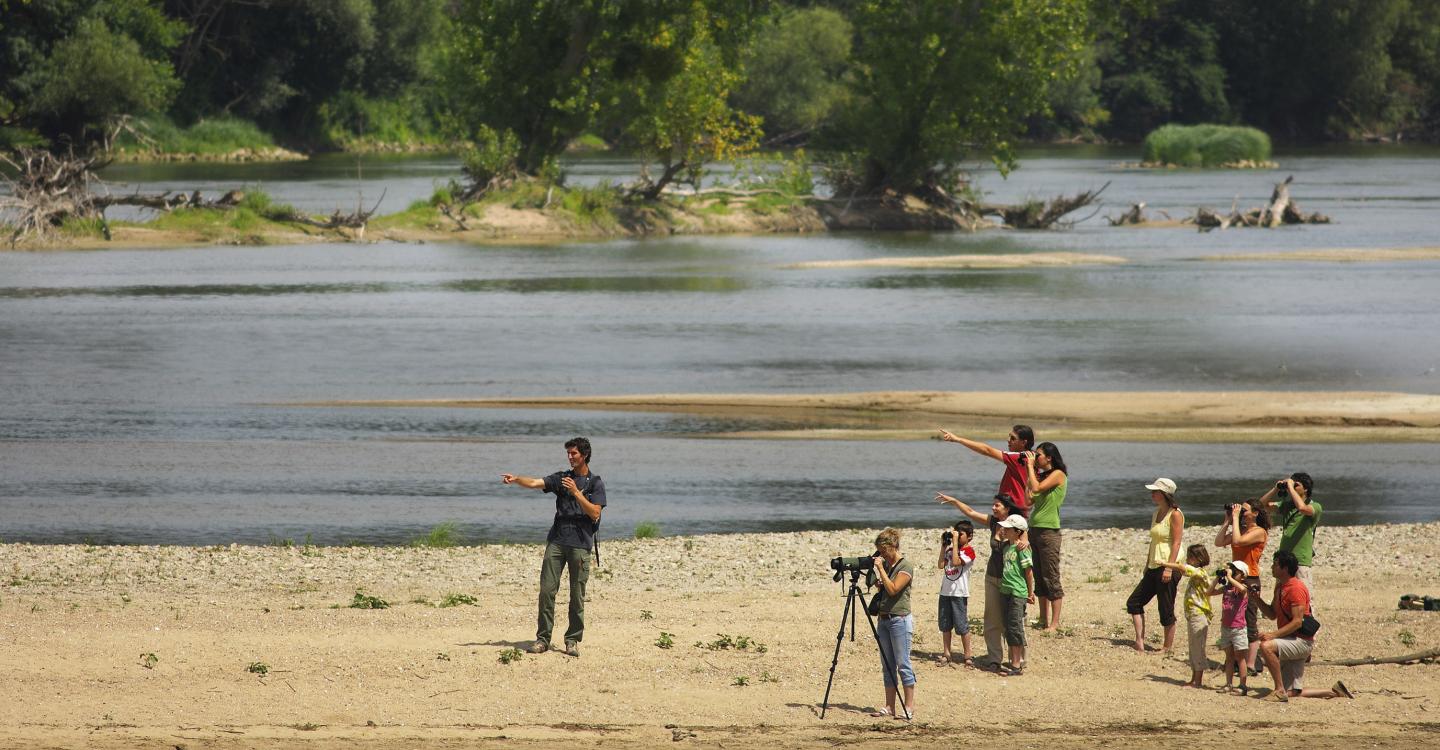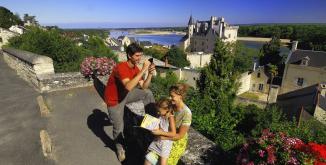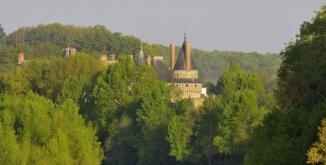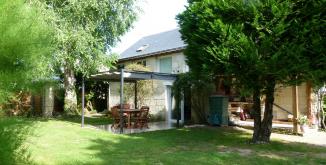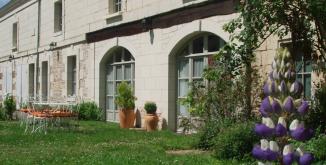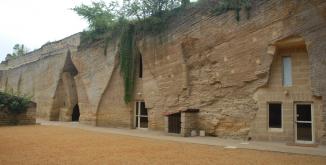The Loire valley has an international reputation and is listed among the UNESCO world heritage sites. Visitors come to admire both the river and the emblematic monument sites narrating the History of France. Tourism is a major economic sector.
One of the fundamental stakes of tomorrow will be the adoption of sustainable development at all levels of the tourism industry. It is important that tourism stakeholders and companies commit to a differentiated approach and build products adapted to this context. This is the strategy put forward by the European Charter for Sustainable Tourism in Protected Areas (ECST).
The Loire-Anjou-Touraine Park has been awarded ECST in December 2014 for the quality of the tourism policy project in terms of preservation and promotion of natural and cultural heritage.
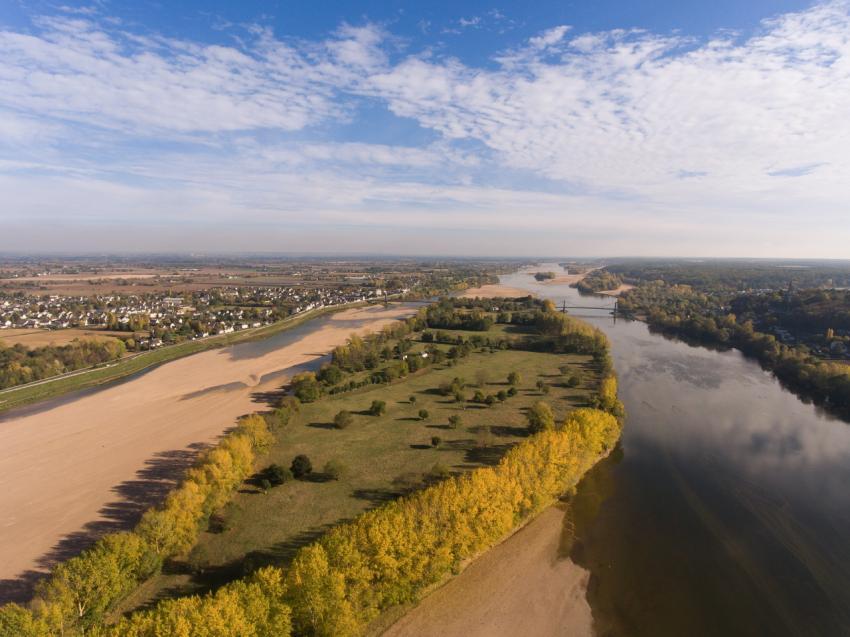
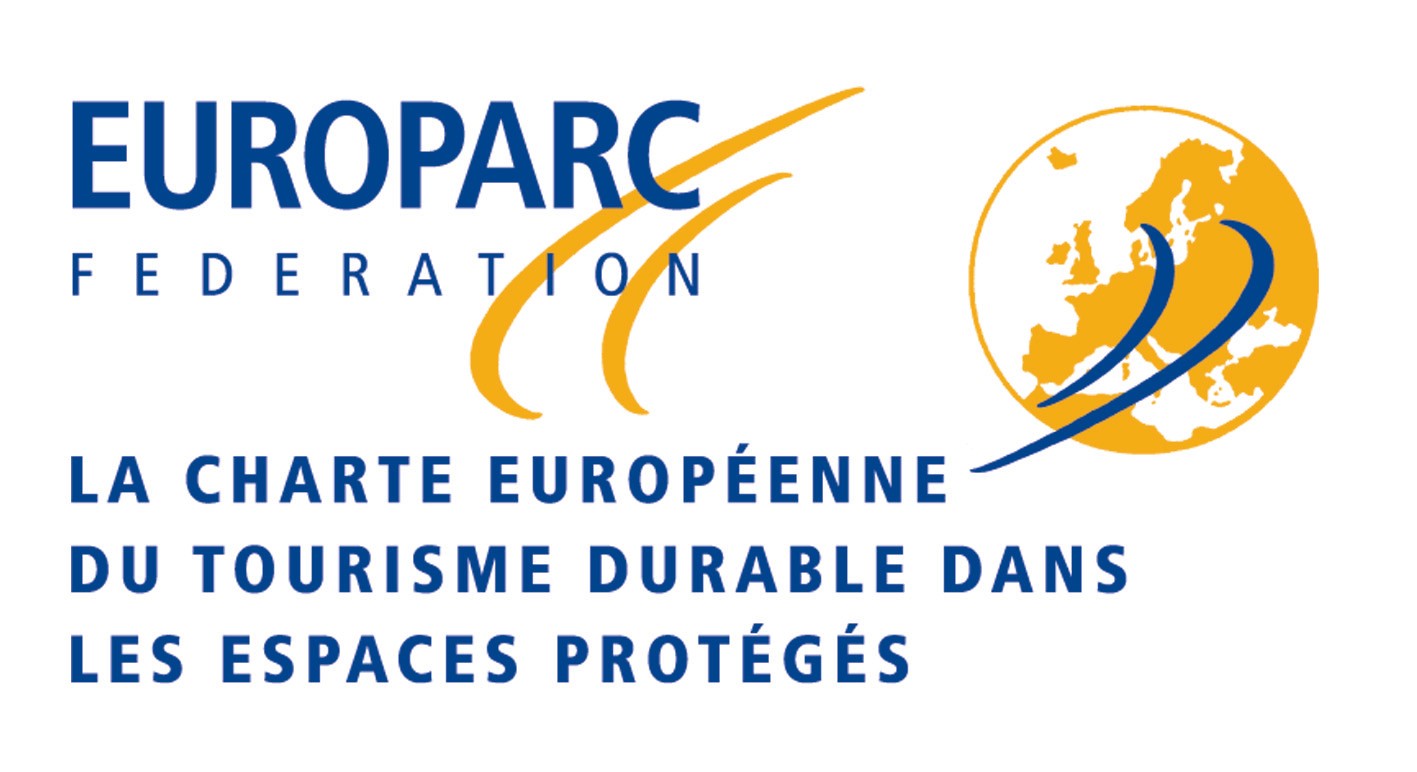
But what is the ECST?
The definition of the ECST in protected areas gets under way in 1995 and is foreseen to be a contribution to the Agenda 21 of the United Nations set at the Earth Summit in Rio in 1992.
It’s a tool driven by the European Federation of protected Areas (Europarc). It is a sign of the strong commitment of a territory and its tourism stakeholders to a progress strategy based on the three pillars of sustainable development: economic development, social and environmental balance. Today, 119 protected areas in 16 European countries have signed the ECST.
What are the three main objectives of the ECST?
- AWARENESS RAISING: increase the interest and the support for the protected areas as a major part of our heritage which needs to be preserved and appreciated by present and future generations.
- COOPERATION: encourage protected areas to lead networks of stakeholders and to share a common vision of the development of a new form of tourism respectful of natural balances.
- DEVELOPMENT: plan sustainable tourism in protected areas by taking into account needs of the environment, the residents, local businesses and visitors.
And what about the three parts of the ECST?
The ECST planning is based on a strong partnership between the protected area’s management, different public authorities, tourism service providers, tour operators and local stakeholders.
Different type of actors can commit to the ECST: protected areas, tourism service providers and tour operators. Their participation is formalized in three different operational parts which are all linked together.
- Part One takes an interest in the protected area and its sustainable tourism strategy. Based on a substantial application file, the certificate is awarded by Europarc for a period of 5 years. The protected area commits to the implementation of an action program combining economic development, nature and heritage preservation and social equity.
- Part Two completes Part One. It organises the relations between the protected area and its tourism service providers. Tourism businesses take on the commitment to adopt environmental-friendly management methods, improve their products, support heritage preservation … The protected area awards the certification “ECST partner”.
- Part Three addresses tour operators and travel agencies which develop their activities in protected areas.
These three parts of certifications guarantee an equal level of commitment all along the tourism planning and service chain.
What are the ten principles of sustainable tourism of the ECST?
- Engage all stakeholders of tourism planning and development in and around the protected area.
- Develop and implement a sustainable tourism strategy and action plan for the protected area.
- Protect and promote the natural and cultural heritage of the protected area for and through tourism. Protect the territory from destructive development and overtourism.
- Offer a high-quality experience to visitors at all service levels.
- Communicate efficiently with visitors, tourism companies and residents about the specific assets of the area.
- Promote special tourism services and products allowing to discover and understand this specific landscape.
- Reinforce the knowledge about the protected area and sustainability among tourism stakeholders.
- Make sure that tourism supports the quality of life for the residents instead of reducing it.
- Increase benefits from tourism for the local economy.
- Monitor and manage visitors’ flows in order to reduce negative impacts.
What are the benefits for the institution, its partners and the territory?
- Economic, social and environmental benefits thanks to a well-run sustainable tourism strategy.
- A higher scope on the European and international level as an example of a protected area fostering sustainable tourism.
- More credibility facing future partners and financial contributors.
- Strengthened relationships with tourism stakeholders and the tourism industry.
- New ideas and improvement for sustainable tourism development coming from internal and external assessment.
- Opportunities to share knowledge and experiences within a dynamic network of protected areas and Europarc members all over Europe.

